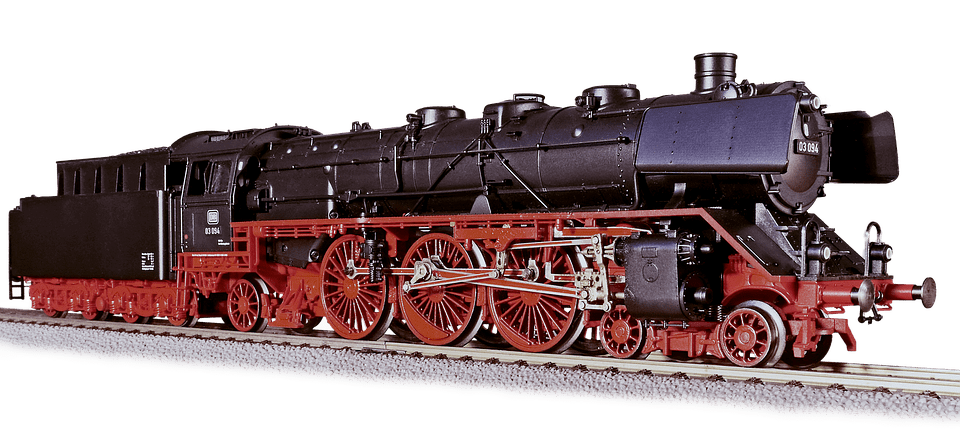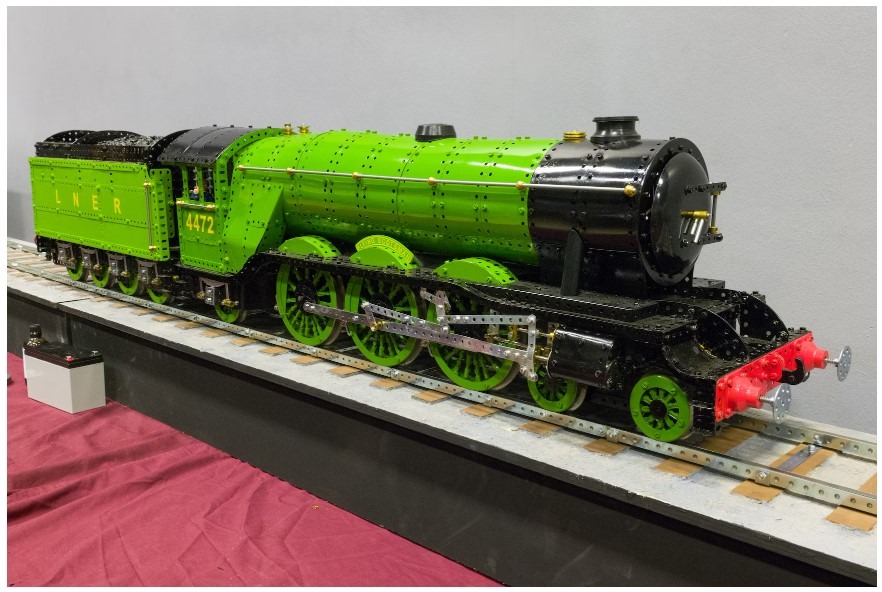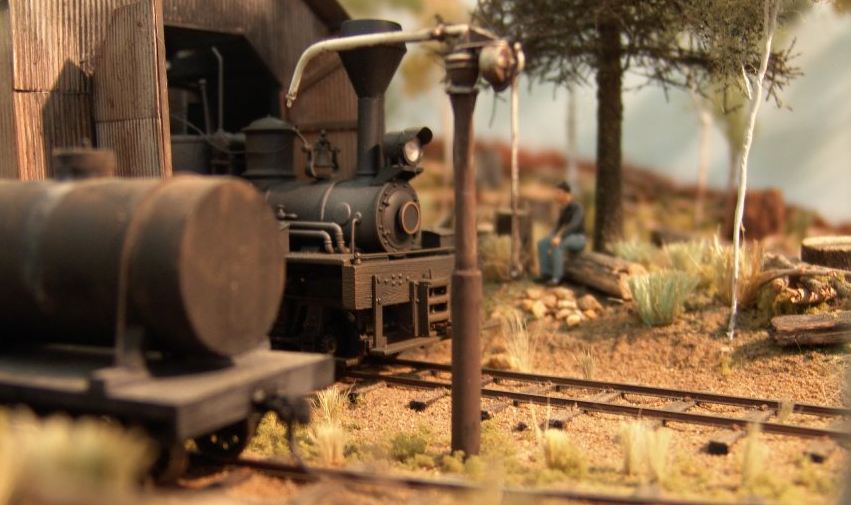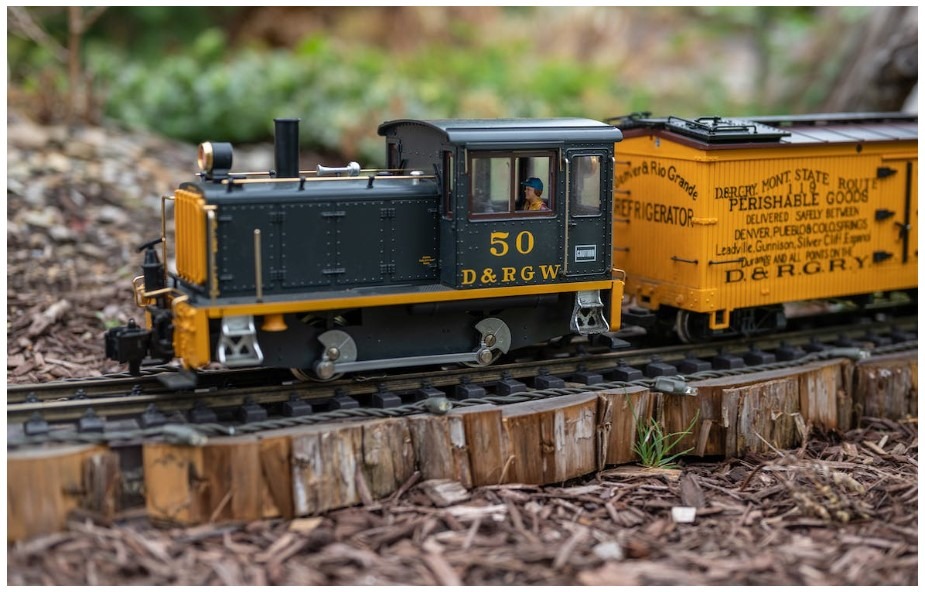How to Start a Model Train Collection: A Beginner's Guide
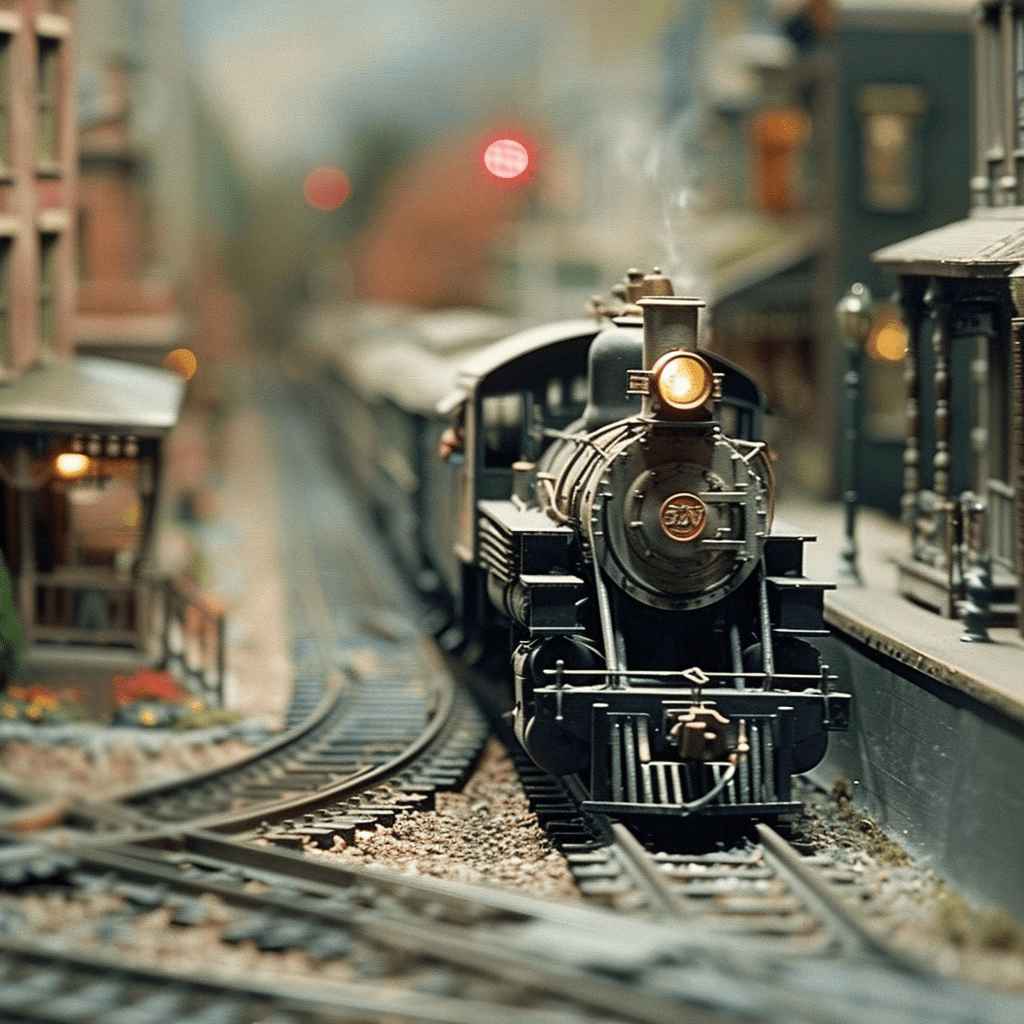
Starting a model train collection can be an exciting and rewarding hobby that combines passion, creativity, and knowledge. To begin your journey, it's essential to understand the different scales and sizes of model trains available. The most popular includes HO scale with a 1:87 ratio, perfect for spaces as small as 8'x6'. For those with limited space, the N scale, about half the size of HO models, offers an excellent alternative with more layout options.
The world of model trains is vast, attracting enthusiasts from all walks of life. These miniature replicas are not just toys; they are crafted with precision, representing real-life trains in every detail. Collecting and building model railroads allow hobbyists to create intricate landscapes, driving their imagination and enhancing their technical skills.
Engaging in this hobby involves not just collecting trains, but also constructing layouts, marking track paths, and creating scenes. Each model train setup can be a unique masterpiece, reflecting the builder's creativity and passion. Whether you're drawn to the historical aspects or the engineering challenges, model trains offer endless possibilities for exploration.
Understanding Model Trains
Model trains are miniature replicas of real trains and come in various sizes and types. Important aspects include the scales and gauges of the trains, popular brands, and the rich history of model railroading.
Different Scales and Gauges
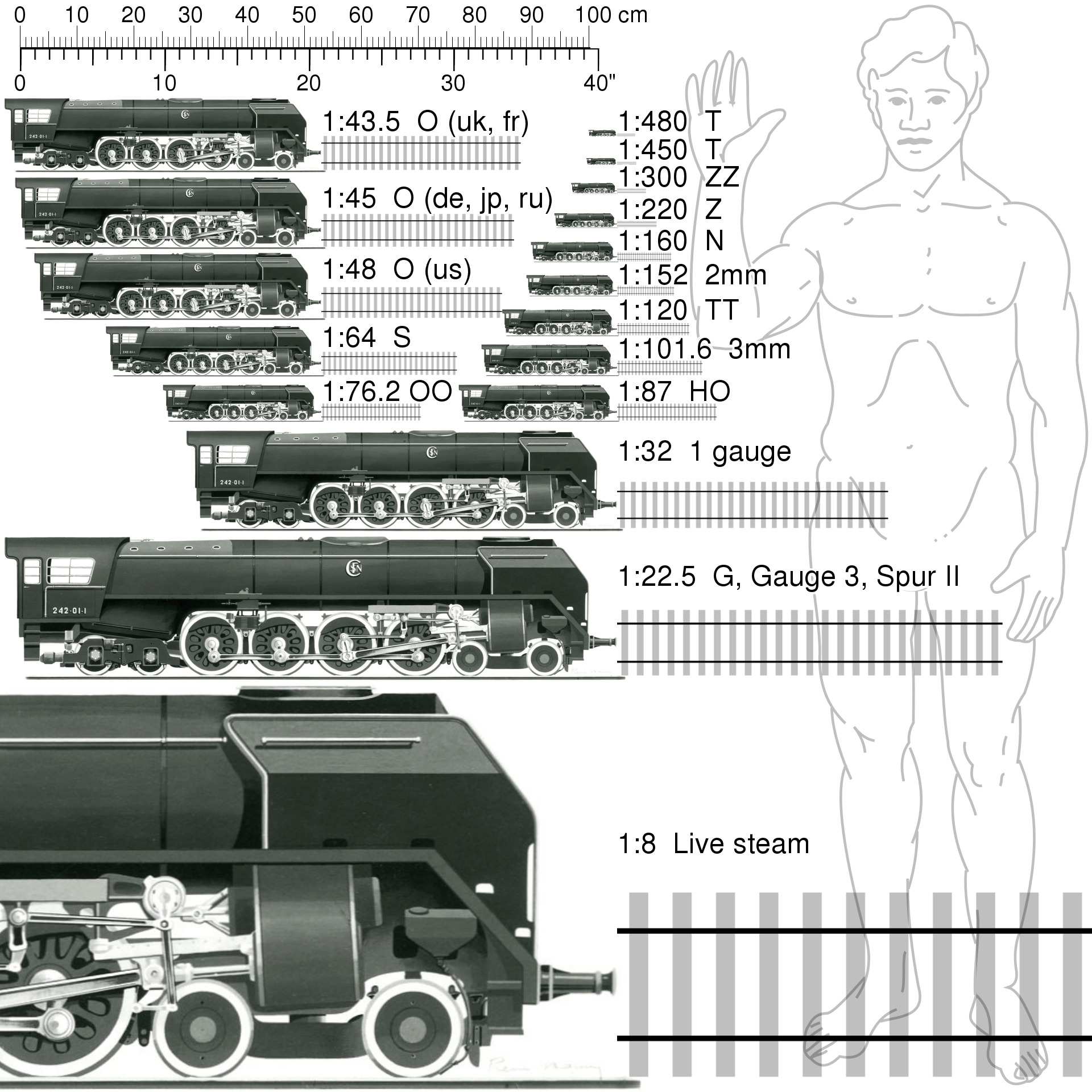
Scales and gauges are crucial in model railroading. Scale refers to the size ratio of the model to the real train. Gauge is the distance between the rails on the track.
- HO Scale: The most popular scale, with a ratio of 1:87. It requires a minimum space of 8'x6'.
- N Scale: Smaller than HO at about 1:160 ratio, ideal for limited space.
- O Scale: Larger, typically used by collectors, at a 1:48 ratio.
- G Scale: The largest, at a 1:22.5 ratio, often used for garden railways.
Popular Brands and Manufacturers
Several brands stand out in model railroading.
- Lionel: Known for its durable and high-quality O scale trains.
- Bachmann: Offers a wide range of HO and N scale trains and accessories.
- Athearn: Renowned for detailed HO scale models and a variety of rolling stock.
These brands help ensure quality and compatibility within your model train set.
History of Model Railroading
Model railroading has a rich history dating back to the early 20th century. Early models were often handmade and powered by clockwork mechanisms. Electric-powered models became popular in the 1920s with manufacturers like Lionel. In the 1950s, plastic models and more accurate scales emerged, leading to today's detailed and advanced train sets.
Modern technology now allows for digital control systems and highly realistic models, making model railroading a deeply engaging hobby.
Getting Started with Your Collection
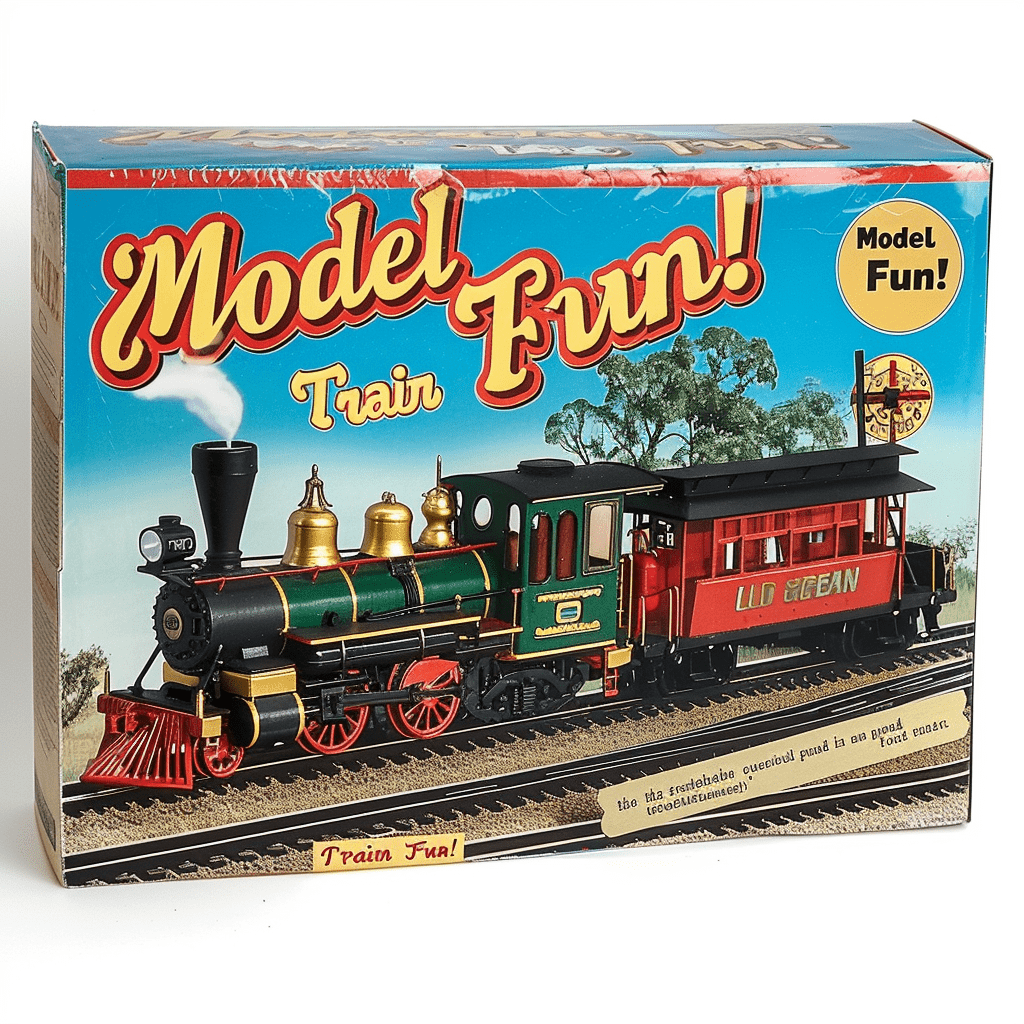
When beginning a model train collection, it's crucial to focus on selecting a suitable scale, setting a clear budget, and finding an appropriate starter set. These initial steps will ensure you have a strong foundation to build upon.
Choosing the Right Scale
Selecting the right scale is pivotal. HO Scale is the most popular, featuring a 1:87 ratio. It requires moderate space, typically a room with at least 8'x6' of area.
For smaller spaces, N Scale is ideal as it is about half the size of HO. O Scale and G Scale are larger but offer impressive detail. Beginners should consider their available space and the level of detail they desire before making a choice.
Setting a Budget
Setting a budget helps avoid overspending. Begin by determining how much you're willing to spend initially. This budget should cover trains, tracks, scenery, and accessories.
Many start with a modest amount, around $200-$300, which is often sufficient for a basic starter set. As your collection grows, you can invest more. Always prioritize quality over quantity to ensure long-term value.
Acquiring Your First Model Train Set
Your first model train set lays the foundation for your collection. Look for starter sets that include a locomotive, cars, track, and a power supply. Brands like Bachmann and Lionel offer good-quality starter sets.
Also, keep an eye on reviews and community recommendations to ensure reliability and durability. Purchasing a complete set can save money and help everything work together seamlessly right from the beginning.
Starting with the right set makes the entire experience more enjoyable and sets up your collection for future expansion.
Designing Your Model Train Layout
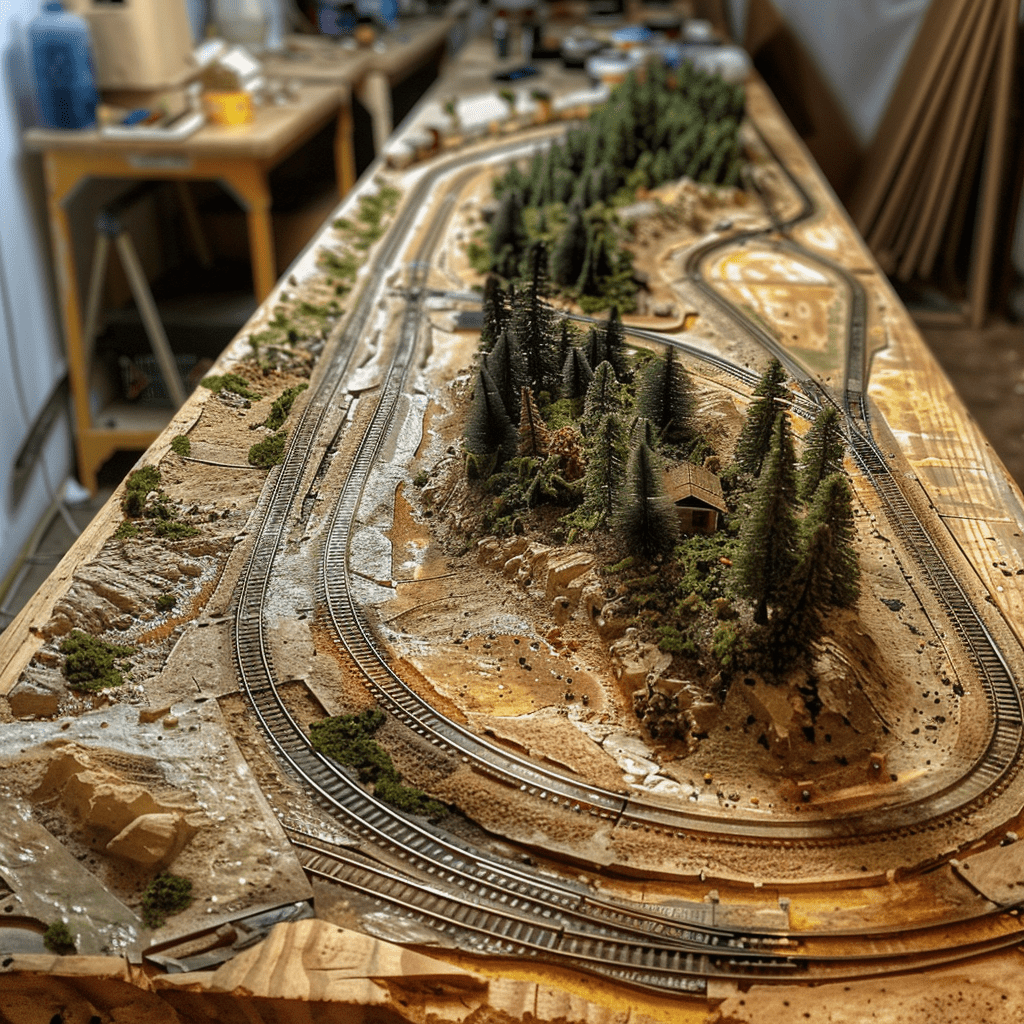
Creating a model train layout involves careful planning and a touch of creativity. It's about designing your track plan, adding realistic scenery, and incorporating structures and landscapes into your miniature world.
Planning the Layout
Designing the layout is the first step. Measure the space available and decide on the dimensions of the baseboard. Next, use track-planning software or templates to sketch potential designs. Think about the themes and settings you want to include. Creating curves and inclines can add interest. Keep in mind the accessibility for maintenance and the viewing angles. Ensure stability and seamless connections between track sections.
Creating Realistic Scenery
Scenery adds life to your layout. Creating realistic landscapes involves using various materials and techniques. For mountains and hills, lightweight foam covered with plaster cloth works well. Paint and add textures for a natural look. Trees and water features can be made using specialized kits. Place them strategically to enhance realism. Experiment with different colors and textures for ground cover, such as grass, dirt, and gravel.
Structures and Landscapes
Adding buildings and landscapes completes the scene. Use kits to construct houses, stations, and other structures. Place them in logical locations based on your layout theme. Integrate details like street lamps, benches, and fences for added realism. Consider the era and location you are modeling. This will determine the style and types of buildings. Create roads and pathways to connect everything, making the miniature world cohesive and believable.
Assembling and Customizing
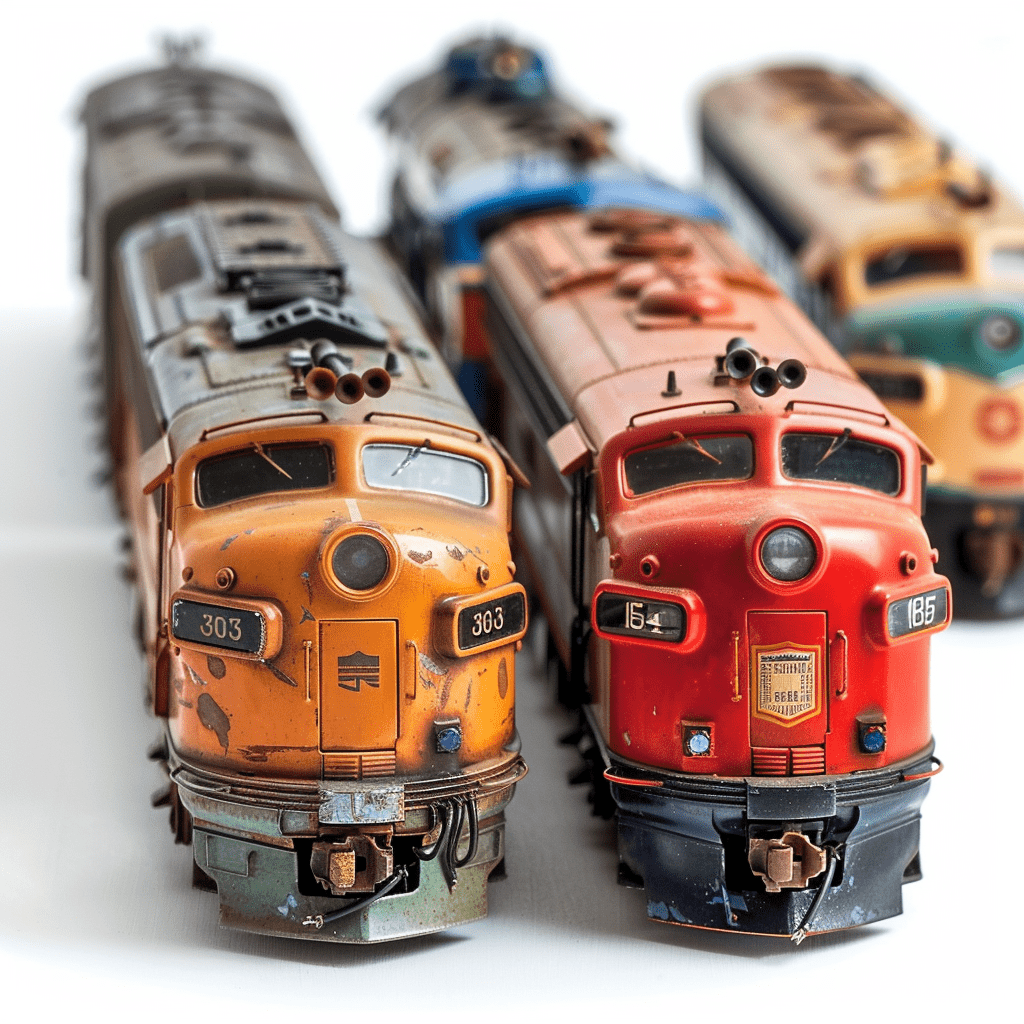
Building a model train layout involves careful assembly and creative customization. Key focus areas include setting up tracks, wiring the layout, and adding structures and scenery for a realistic look.
Track Installation and Wiring
To start, lay out the track on a flat surface. Use HO scale or N scale tracks depending on your available space. Consider adding curves and junctions for a more exciting layout. Secure the tracks with small nails or adhesive.
Next, move on to wiring. Connect the power supply to the tracks using insulated wires. Make sure the wiring is neat and well-organized to avoid short circuits. Check all connections to ensure smooth and consistent power flow to the train.
Adding Structures and Scenery Elements
For added realism, consider adding structures like bridges, train stations, and tunnels. Use materials such as plastic kits or even balsa wood to build these structures. Paint and detailing will enhance their appearance. Don't forget to place them thoughtfully around your track layout.
Scenery elements like trees, grass, and rocks make the setting more captivating. Use foam, plaster, or pre-made scenery kits to create natural elements. Place cars, pedestrians, and other small details to give life to your miniature world and make it look more dynamic.
Customization Techniques
Customization brings a unique touch to your model train layout. You can paint trains in different colors and add decals for distinct flair. Consider weathering techniques to make trains and structures look aged and realistic. Use dry brushing and washes to achieve this effect.
Lighting is another exciting feature. Incorporate mini LED lights in buildings and along the track for nighttime scenes. Adding sound effects is another way to enhance realism. Use small speakers to play train sounds and ambient noises. Customization adds personality to your model train set and makes the hobby more enjoyable.
Operating Your Model Train
To operate your model train, focus on the power systems and controls, running and handling locomotives, and using Digital Command Control (DCC). Understanding these aspects ensures smooth operation and realistic performance.
Power Systems and Control
Model trains usually run on electricity. You need a power pack or transformer to supply power to the tracks. DC (Direct Current) systems change the voltage to control the train's speed. The higher the voltage, the faster the train goes.
Some hobbyists use an AC (Alternating Current) system, but this is less common. Modern systems also include radio frequency or wireless controls. Make sure that your power source matches your tracks and locomotives to avoid any damage.
Running and Handling Locomotives
Proper handling of locomotives is essential for smooth operation. Always start with clean and well-maintained trains. Inspect the wheels and motor regularly to ensure they are free of dust and debris.
To start, gently place the locomotive on the tracks ensuring that all wheels are aligned properly. Use a steady hand when operating the controls. Avoid sudden starts or stops to prevent derailing. Smooth running extends the lifespan of your trains and tracks.
Digital Command Control
Digital Command Control (DCC) allows for advanced control of your model train. DCC sends digital signals through the tracks, giving individual commands to each locomotive. This system enables running multiple trains independently on the same track.
Installing a DCC system involves equipping each locomotive with a decoder. The controller provides different functions like lighting and sound, enhancing the realism. DCC systems can be complex to set up, but they offer greater flexibility and control compared to traditional systems.
Maintenance and Expansion
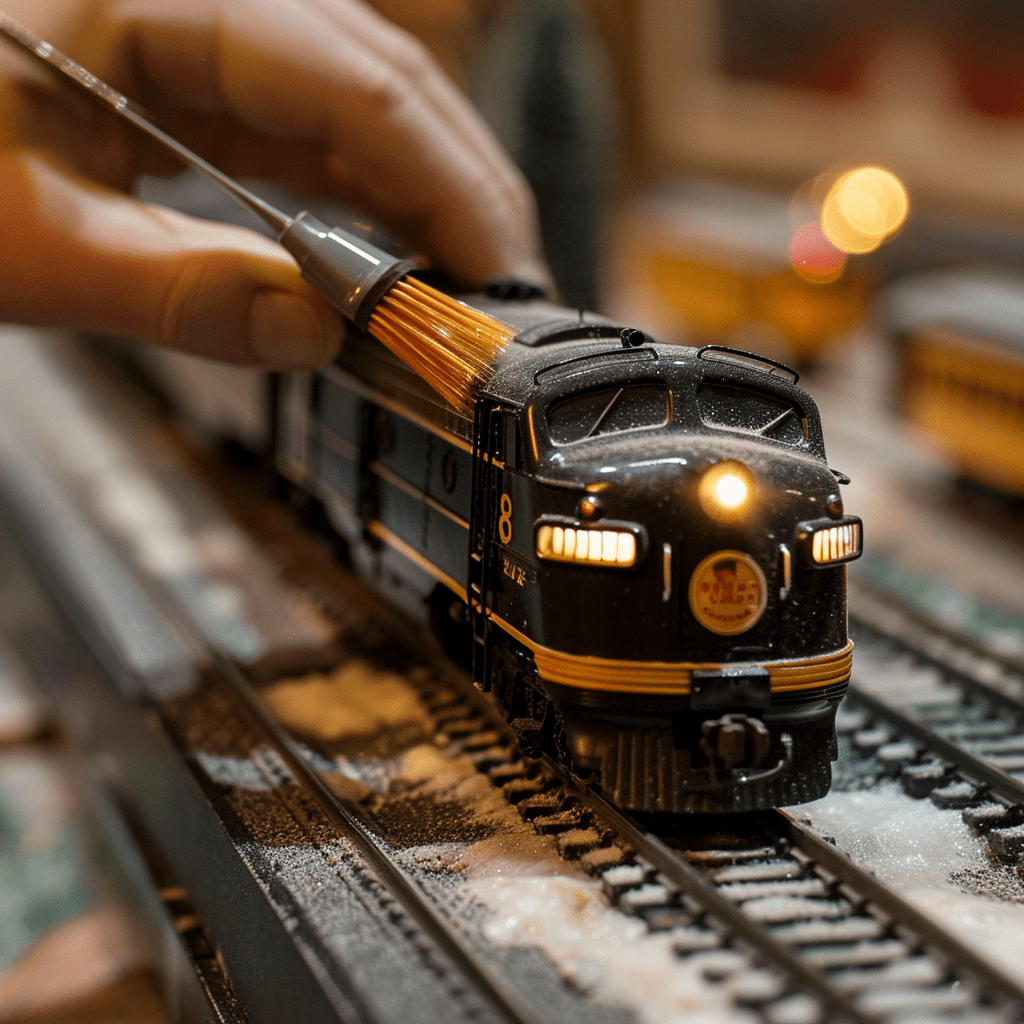
Regular upkeep and thoughtful additions make a model train collection enjoyable and valuable. This guide covers essential cleaning, tips for expanding your collection, and ways to upgrade your layout.
Cleaning and Maintenance
Proper care ensures your trains run smoothly and last longer. Clean the tracks regularly to avoid dust buildup, which can cause poor connectivity and wear. Use a track cleaning car or a soft cloth with isopropyl alcohol to wipe the rails.
Check your rolling stock for dust and dirt. Gently clean the wheels and bodies of the trains with a small brush. Lubricate moving parts sparingly with oil designed for model trains to keep them in good working order.
Inspect the layout for any loose or damaged wires. Ensure the power supply and controls are functioning correctly. Regular maintenance prevents major issues and keeps everything running efficiently.
Expanding Your Collection
As your interest grows, adding more trains and accessories can enhance your enjoyment. Start by identifying gaps in your current collection. Adding different types of rolling stock, like passenger cars or freight cars, can make your layout more diverse and interesting.
Consider investing in quality pieces from reputable brands. Higher-quality models often have better details and are more durable. Keep an eye on limited edition releases, as they can increase the value of your collection.
Join local model train clubs or online communities to find rare items. These groups often have members looking to sell or trade models. Expanding thoughtfully ensures a well-rounded and valuable collection.
Upgrading Your Layout
Upgrading your layout can transform your collection into a miniature world. Start with track configurations. Experiment with different layouts like loops or figure-eights to keep the operation exciting. Adding switches and crossovers can provide more operational variety.
Incorporate realistic scenery, such as buildings, trees, and figures. This can make the layout more visually appealing. Use materials like foam and plaster to create landscapes and terrain that mimic real-world settings.
Enhance the technical side by upgrading to digital command control (DCC) systems. DCC allows for more precise control over multiple trains simultaneously. Upgraded power supplies and controllers can improve performance and reliability.
By maintaining, expanding, and upgrading thoughtfully, your model train collection can flourish. This ongoing effort keeps the hobby engaging and treasured for years.
Sharing and Enjoying the Hobby
Collecting model trains isn't just about building a layout; it's about sharing experiences and learning from others. Two popular ways to do this are through exhibitions and clubs and by sharing your progress with others.
Exhibitions and Clubs
Attending exhibitions allows collectors to see various model train setups and gain inspiration. These events often feature elaborate displays that showcase different scales and intricate details. Visitors can ask questions, purchase models, and even meet famous model railroaders.
Joining a model train club provides a sense of community. Clubs often hold regular meetings and organize activities such as building sessions or trips to hobby shops. This can be a great way to exchange tips, learn new techniques, and make friends with similar interests. Some clubs have formal structures with officers and bylaws, while others are more informal gatherings.
Sharing Your Progress
Sharing progress on your model train collection can be done in several ways. Online forums and social media are popular platforms for posting updates, photos, and videos. These platforms allow collectors to receive feedback and advice from a global community.
Local hobby shops often have bulletin boards where collectors can post pictures or announcements about their projects. Some shops even host casual meetups where hobbyists can share their latest work. Keeping a journal or blog about one's progress is another way to document and showcase the development of the collection over time.
Advanced Strategies
Advanced model train collectors focus on strategic collecting, historical accuracy, and embracing innovations in the field. This can make collections more unique and enjoyable.
Collecting Strategies
For advanced collectors, focusing on specific scales or eras can add depth to their collection. HO scale (1:87) is popular for its balance between detail and space requirements. N scale (1:160) is smaller and good for extensive layouts in limited space. G scale (1:22.5) is great for garden railways.
Collectors should target rare models, limited editions, and discontinued lines. Building relationships with specialty stores and attending model train fairs helps in finding unique pieces.
Historical Accuracy and Eras
To enhance realism, collectors often focus on specific historical eras. Replicating trains from the steam era (1830s-1960s), diesel era (1940s-present), or even specific decades ensures authenticity.
Pay attention to the correct locomotive types, rolling stock, and accessories for each era. Researching historical events and technological advancements helps. Accurate landscapes and surroundings can further enhance the realistic feel.
Innovations in Model Railroading
Modern model railroading benefits from technological innovations. Digital Command Control (DCC) allows for better train operation and multiple trains on the same track without interference. Advanced materials and techniques improve model quality. 3D printing can create custom parts, while LED lighting enhances visual effects.
These innovations enable more complex and realistic layouts, making the hobby more engaging and allowing collectors to create unique setups.

